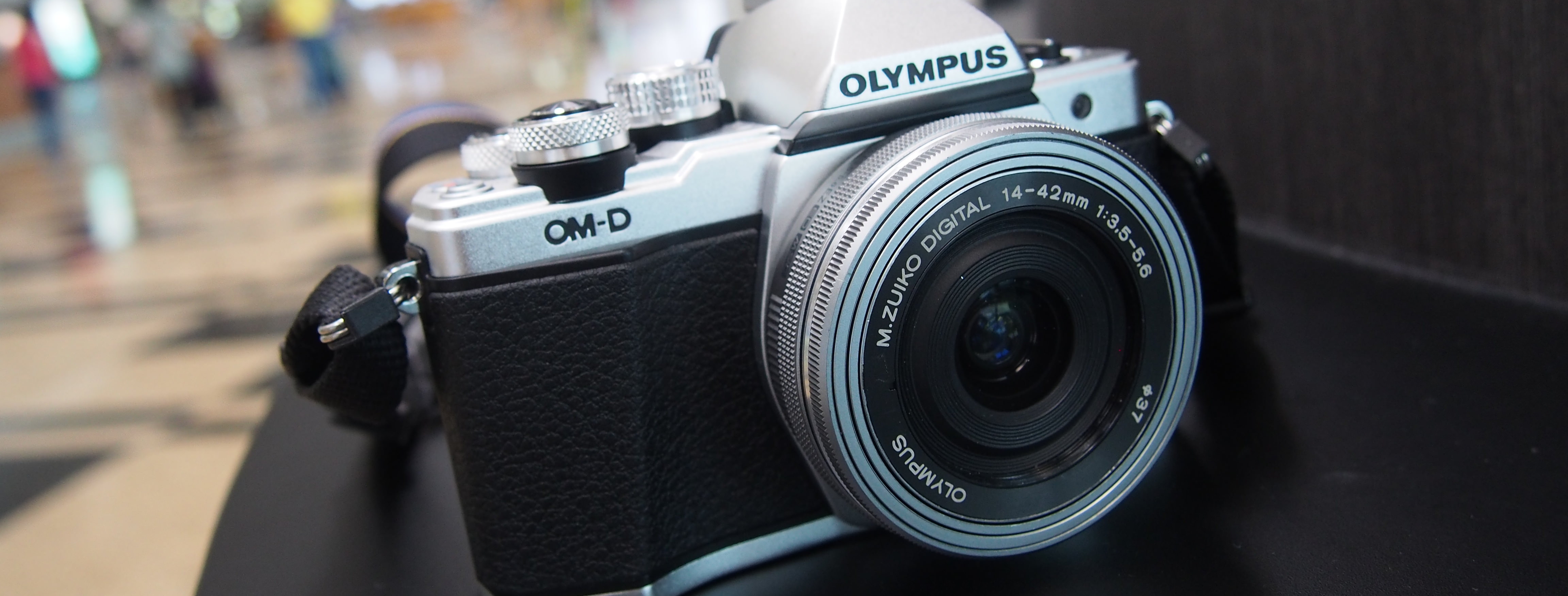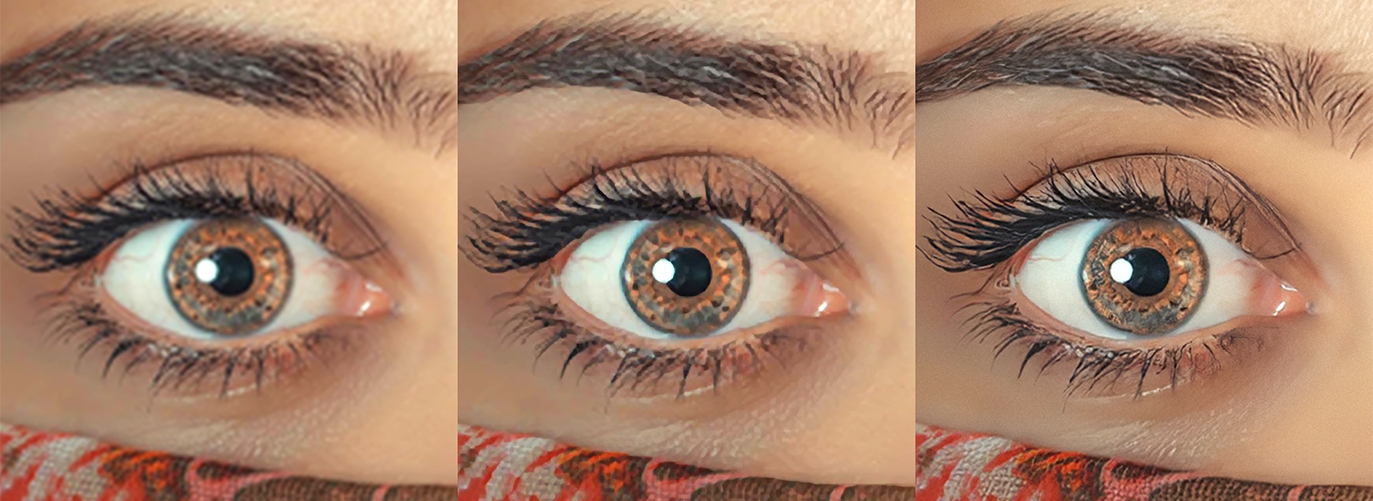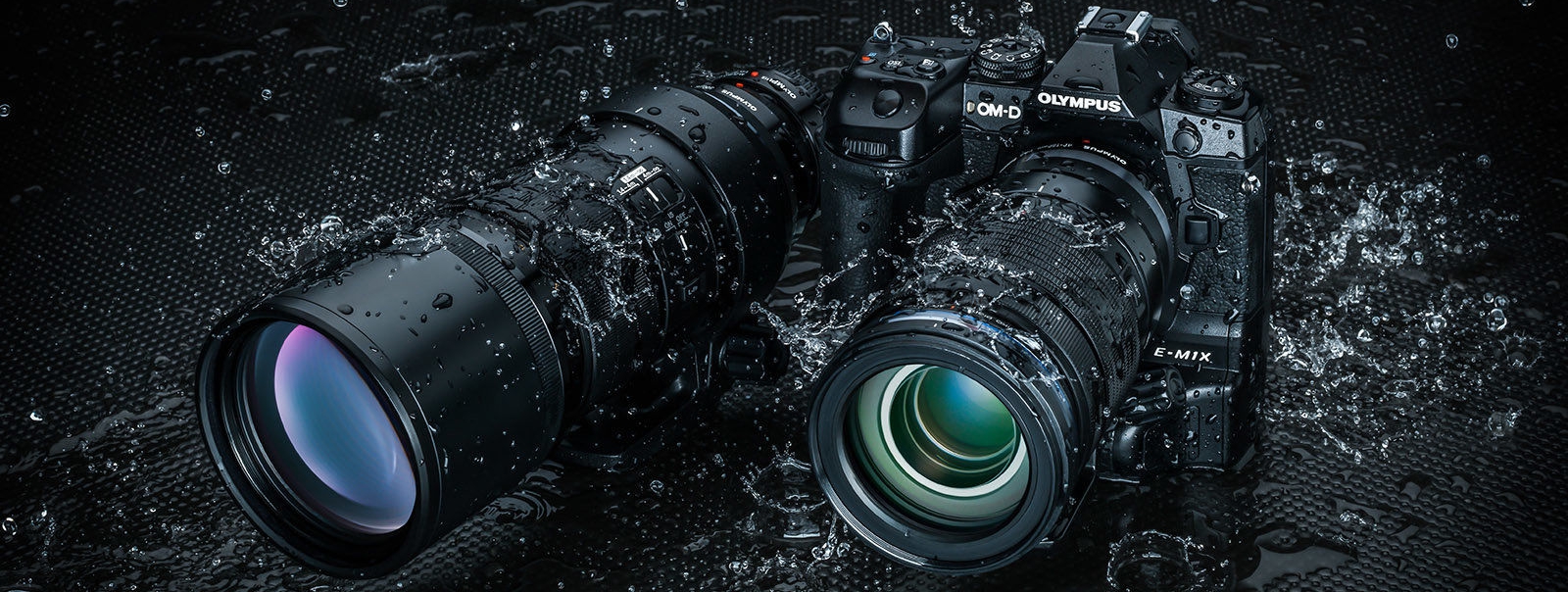I am a mirrorless camera person. I used to have an analog camera at one point and I have handled DSLRs but I never really owned or wanted to own one; I’m new to the game, less than 5 years now and I feel I properly started with mirrorless cameras.
More than mirrorless, I am also a Micro Four-Thirds user. It is the system I have invested heavily in and I am neither fond of juggling multiple systems (with incompatible lenses) nor selling at a loss then buying again from scratch. Or so I think.
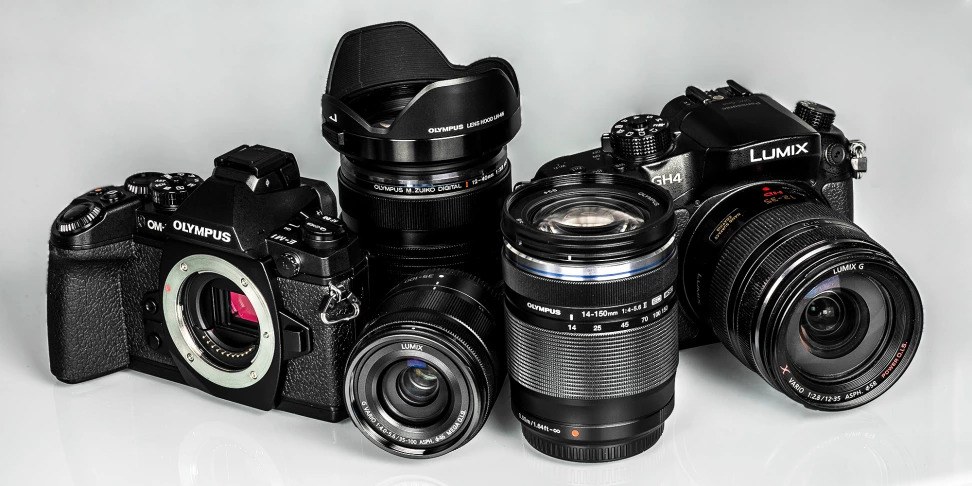
As an Olympus user I face a conundrum during the last few months. There has been a been a serious rise in popularity in mirrorless cameras last year and it’s not to a small part due to Sony. Sony’s Alpha 7 range has been so successful as both a mirrorless and a full-frame offering that not only the traditional DSLR big boys relented and put out their own offerings (Canon EOS R & Nikon Z series), but Panasonic as well, one of the founding members of the Micro Four-Thirds alliance has stated that they will get into the Full Frame arena.
Why would I care? Full Frame on itself isn’t a factor strong enough to swing me around. While there are benefits, I place an important weight to the life expectancy of a system. By life expectancy, I mean how long it is supported by the manufacturer(s), whether new models with new features come out in a steady manner and for how long compatibility is maintained (and how well, that is). To help understand why this is important, let’s see what my main concern about MFT is:
Micro Four-Thirds’s problem
MFT suffers from an image (no pun intended) problem which has been exacerbated the last few years, namely their worse performance in higher ISOs due to the sensor size compared to larger sensors. No matter its other advantages (better stabilisation, lighter and cheaper lenses, to name two), marketing has convinced people that full frame means professional.
This can be misleading because “professional” can mean a lot of things. Sure, it can mean raw performance: lens quality, low-light noise, colour rendition, etc. It can mean features that you definitely need in certain scenarios (e.g. autofocus) or others, not as important but a blessing when you have them (like ProCapture). To someone who has to carry their camera with them in a professional capacity it may even mean ergonomics. And so on. Professional means “helping with my day job”. If prosumers or hobbyists (like me) can properly utilise professional equipment, that’s great, but it’s important to understand that such equipment, most of the times is not built for them.

With that in mind, sensor size is useless if you system lens lineup is suffering due to number or quality, a high-MP camera is not really worth it if the ergonomics make it stay at home instead of taking it to the field with you and so on. But that assumes a rational market and markets, like people who interact in them are far from rational, because here “professional camera” tends to mean “full frame and bulky”.
The MFT system hasn’t received any wide recognition in the market. No matter how many blog posts or videos are posted about it, the general consensus does not move away from that preconception. The only kinda widespread recognition comes for the Panasonic GH5 and GH5s cameras for video (with which I am rather unfamiliar).
Panasonic’s stance
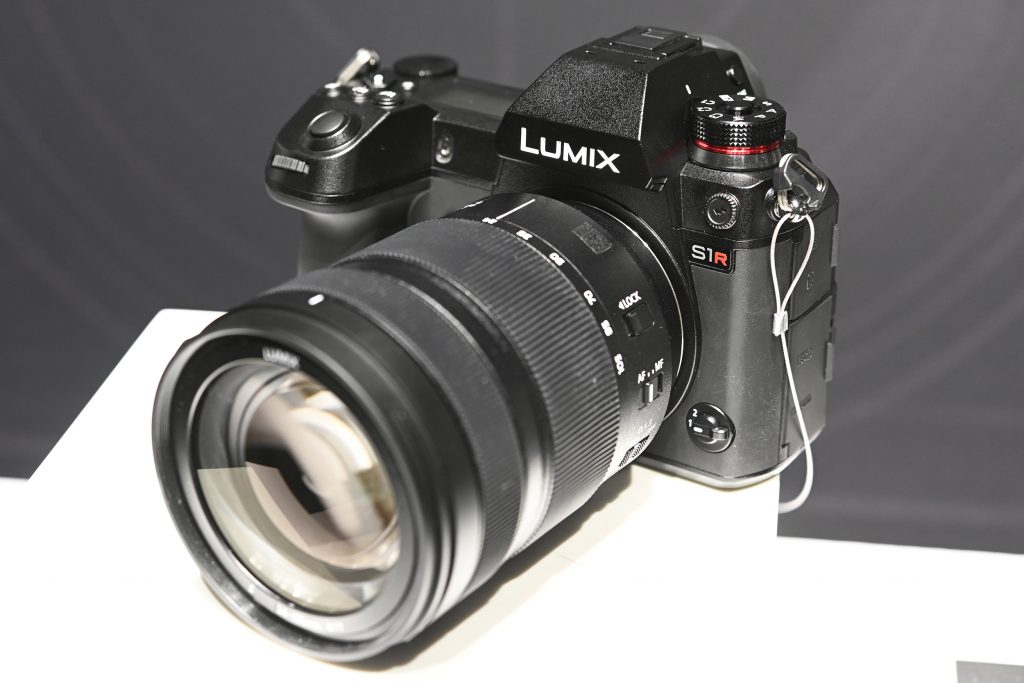
Panasonic has stated that they are totally focused on supporting both their existing MFT and their upcoming SL-mount lineup. Even if we assume they are not lying (and that’s a big assumption, but I’ll explain later as to why), this creates an issue, one that Panasonic corroborates. By their own words (emphasis mine):
Panasonic will continue to provide new value to customers through the unique features of the compact yet high-definition LUMIX G series, while also reaching the professional market through the introduction of the full-frame LUMIX S series and the greater reach of the company’s support system.
https://shop.panasonic.com/lumixs
So, perhaps forced by the market’s peception, they are claiming that so far they weren’t reaching the professional market at all. This is definitely not going to help MFT’s image one iota.
Olympus’s past
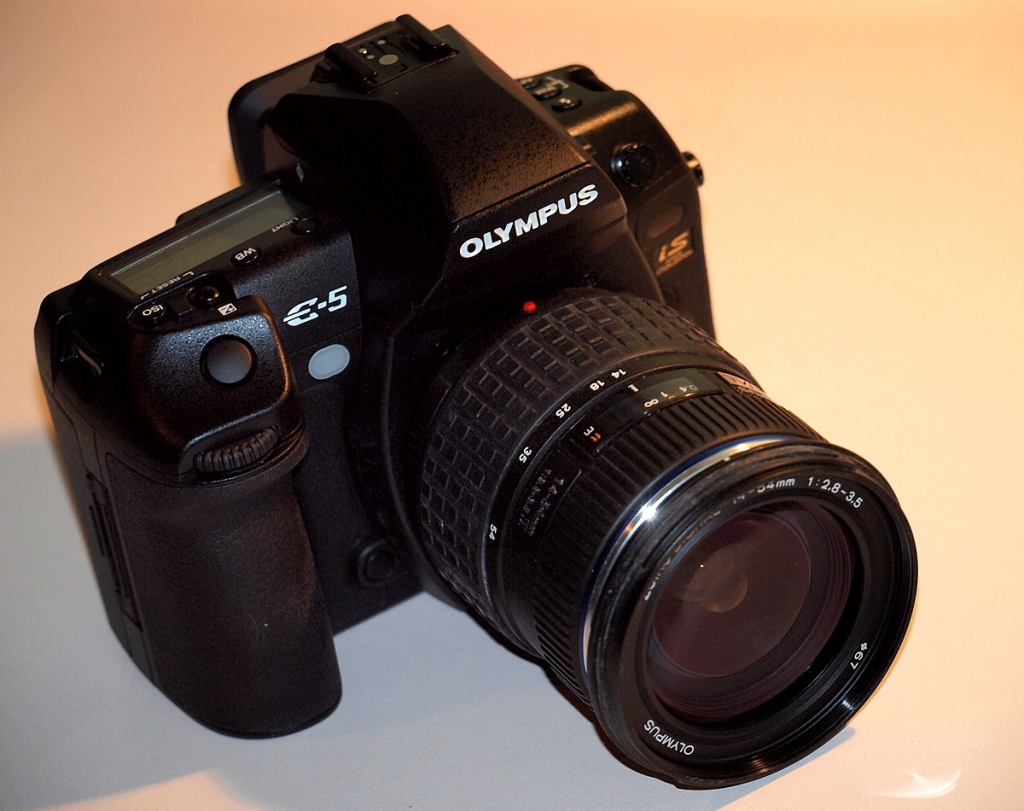
Let’s look at Olympus as well. Olympus and Panasonic introduced the Micro Four-Thirds system around 2008. Until then, Olympus’s DSLR Four Thirds system was its primary focus, but after the introduction of MFT the following things happened:
- The last FT camera, the E-5 came as a swansong, introduced some months after the introduction of MFT.
- MFT models did not have any built-in viewfinders.
- Meanwhile, ever since the introduction of MFT, Olympus assured their FT users that the company still believed in the system until they stopped doing so and started issuing ambiguous statements about their FT support.
- The introduction of E-M5 essentially marked the end of the line for their Four Thirds system a few months later and while they retained some compatibility with their lenses, you had to get into the new system lenses to take full advantage of them.
Combine the two and…
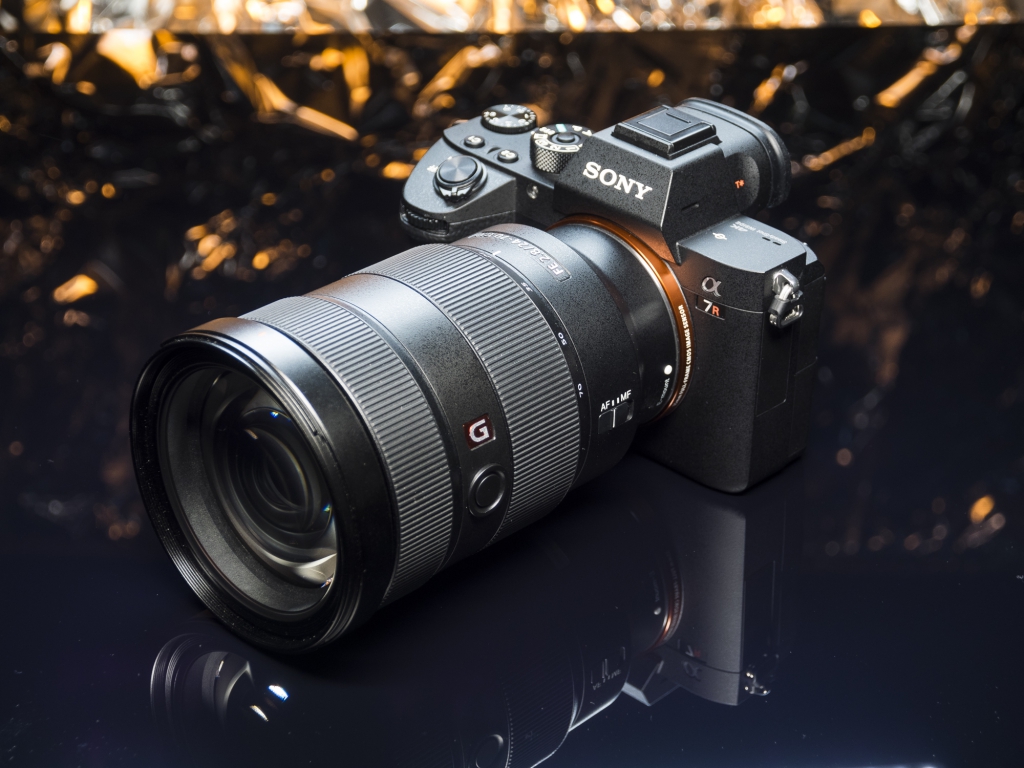
I see history repeating. Panasonic is going to release one more MFT lens, a 10-25mm f/1.7, something that was provided as an aside to their S-line reveal (but curiously was not discussed at all during CES). Defenders of Panasonic boldly claim: “Here is your proof that Panasonic isn’t abandoning MFT”. But let’s deep a bit deeper into that.
Putting aside MFT’s admittance as not professional by Panasonic, let’s have a look at the possibility that they are going to pull an Olympus and abandon MFT.
I doubt any decision has been made about it, but I would be willing to guess that they are waiting for the sales figures from their upcoming S-line which will dictate Panasonic’s moves for the next few years. If SL-mount cameras outsell MFT by a significant margin and become competitive against the mirrorless behemoth that is Sony, why would it make sense to invest many resources or any resources for that matter to their MFT format?
They have already split their development resources into two systems, a new one that will face stiff competition and a more mature one that is not going to get as much time in the spotlight. The new format is going to need all the focus it can get and Panasonic’s resources are not infinite.
Then again, if it doesn’t sell as expected (it’s expensive and bulky after all and may suffer from technical deficiencies; we really don’t know), is Panasonic going to admit defeat and go back to MFT? Making such huge write-offs is never easy in the business world and heads would roll. I remain convinced (so far at least) that their Full Frame line-up is going to be their main focus from now on and improvements might trickle-down to MFT, but as an afterthought.
United we stand
The damage has been done already. Panasonic can claim they are committed to MFT all they like, but like Olympus and other corporate assurances, that doesn’t mean much. Nor is the Panasonic scenario the same as Fuji’s, where they have an APS-C format along a Medium one; the two formats being far away enough with each other to avoid market cannibalisation.
But with Panasonic (un)willingly admitting that the irrational market’s reaction against anything that is not “big, bulky and full frame” has to be tended to, only Olympus remains steadily committed to MFT – they said they are not going to go Full Frame and I don’t predict a Medium format offering from them anytime soon. Olympus’s financials are worsening (as shown here) and a company with struggling financials has ultimately less money to spend on R&D, on a market that was suffering already thanks to the “image problem” of MFT.
In my experience that describes a well established fear in the community, irrespective of how accurate it might be. Keep in mind that Olympus is not simply trying to hit a niche market anymore of fashionable and street photography with small cameras but has instead shifted its focus on professional and very expensive lenses, such as the rumoured upcoming 150-400 f/4 (!). This (in some people’s opinion) not only reduces their advantage over the Full Frame behemoth lenses, but also hurts their sales power: “why buy something similarly heavy and expensive when I can go Pro?”.
True, that’s a gross oversimplification, especially down the longer focal lengths: the rumoured 400mm is 800mm in FF and if we compare it with a Nikkor 800mm, the Nikkor is huge and stupidly expensive, but it’s a stop faster. Right or not, this is a statement that is echoed by many users of the system, only affirmed by the inconceivable amount of dithyrambic response of the upcoming Panasonic cameras by a big number of youtube “pro” vloggers that haven’t even touched a working S1 or S1R camera!
Something uncertain this way comes
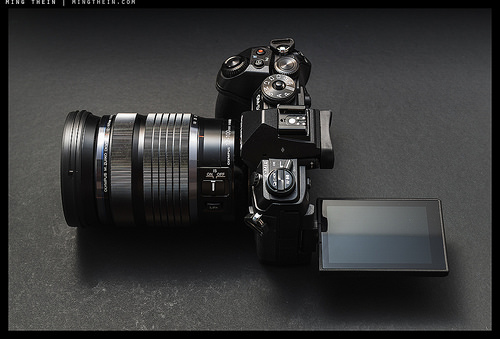
What baffles me is now Olympus chose to handle the market faced with the above. Their upcoming and teased E-M1X camera is quite big by MFT standards having an embedded handgrip and rumoured to cost USD $3000! I understand that this is kind of an one-off release for their 100 year anniversary, but… do they really expect this camera to sell as well as the E-M1 II? Looking around the net I see people that ask for an E-M5 Mark III (which, taking into account their release schedule so far, it is considered delayed) and a follow-up to the PEN-F.
There has been no serious Olympus presence in Photokina 2018, nothing to counter the Panasonic bombshell, their assurances for the future of MFT were not followed by actions so far and… the whole focus has been around a model that unlike the almost revolutionary approach the E-M1 II had, this one is very conservatively evolutionary.
Panasonic on the other hand seems to be using their MFT experience to hit Sony (and others) where it hurts them the most: features and ergonomics. S1R seems like the best mirrorless Full Frame so far based on what we’ve heard so far, but we haven’t seen it in action yet; could very easily prove to be a lemon, like Nikon’s Z-series autofocus 🙂 . Additionally, the lenses are going to be predictably huge, not to mention the prices you are expected to pay for both the camera and the lenses are exorbitant. A big gamble for Panasonic, but with lots of potential.
My opinion as a hobbyist
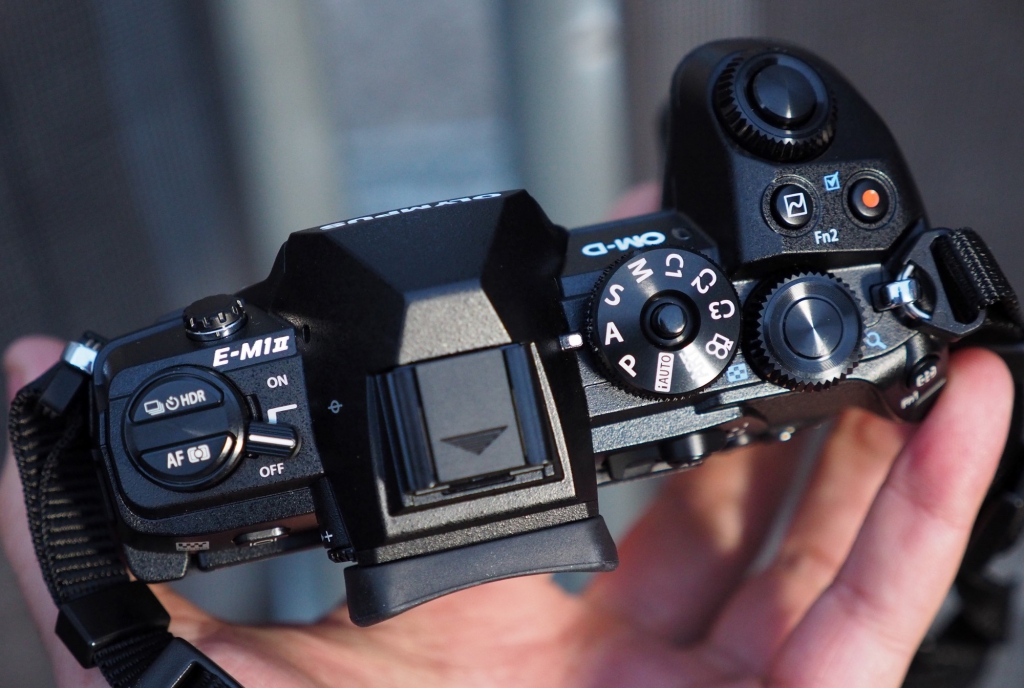
I wrote this post as I was editing a night photo originally taken in ISO 6400 and kinda got fed-up about the amount of noise reduction I had to apply. In the end, I took a deep breath and managed to make it usable.
I have been down this road before. I contemplated selling all of my MFT gear and going to Sony’s A7 III or A7R III with 2 G Master lenses. Why? Because I got obsessed and got hit with a big case of Gear Acquisition Syndrome, but I never followed through. The few prints I have made (mostly for friends) show up just fine in even when scaled up to 100x75cm (my biggest one so far), even after all the post processing applied. Sure, I may get an extra stop, perhaps even two (after equivalency is taken into account) especially with the A7 III, but is it really worth giving up what Olympus has achieved for me? And in the end, even if you print a 2x1m print, will anybody go within breathing distance and notice that he cannot tell the individual flowers apart in the background of the landscape you photographed? Nope and Nope.
Olympus gives me great HighRes results (and the rumoured upcoming Handheld HighRes), Pro Capture, the best stabilisation out there, 18 fps mechanical shutter (and 60 with the electronic one!), great ergonomics with the E-M1 II and the Pro lenses. These are things that I have become accustomed to and I don’t want to leave behind, even when I occasionally wish I could have the HiRes resolution for all photos and a bit less noise in low-light scenarios. Indeed, MFT will never be able to have the light gathering capabilities and resolution of full frame cameras, but how much does it matter? Do these two advantages of Full Frame matter enough for me to change?
The answer is “not really”. I don’t have enough of a reason to change systems based on technical justifications. However, if the longevity of the system is at stake, this becomes a question of selling at the best possible price.
Why sell? Well, realistically, your gear will keep working and you will get some pretty nice eBay opportunities for used gear as time passes, but the abandonment will eventually show. You just won’t get any of the newer features other systems have, you won’t be able to sell your gear in as good prices when you decide to jump ship, but if you decide to stay put, even support might become an issue (depending on how Olympus fares down the road).
Olympus is probably going to be driving innovation alone in the MFT sector. I am heavily speculating, but based they need another winner like E-M1 II, followed by the PEN-F II and E-M5 III; that’s what people want. They will also need to be ready to react to the possibility of Panasonic abandoning MFT.

